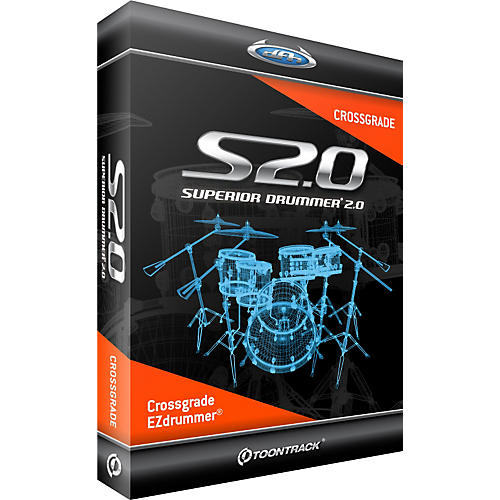


The drum pad/trigger impact signal is detected by the module that then sends a pre-recorded or synthetic audio sample to the output.Ī more advanced edrum setup would incorporate a MIDI or USB connection to a PC running a DAW with a VST instrument. Sources of LatencyĪ typical e-drum setup includes drum pads/trigger as input, an electronic drum module/brain for converting the input to sound, and an audio output (headphones or PA). People and starts to become an issue, especially for live playing. Latency of 15 ms or more is noticeable by most Latency of 10 ms or less is usually considered acceptable. It adapts to the different situations and performs "natural" latency compensation. The human brain is able to deal with small amounts of latency. Someone playing guitar 6 feet away from the amp would experience at least a 6 ms delay. For a drummer, this means that an acoustic kick drum would have a "natural" latency of about 3 ms and an acoustic snare drum about 2 ms (as it is closer to the drummer's ears). The speed of sound in air is approximately one foot per millisecond (ms). Electronic Drum Latency Explained Electronic Drum Latency Explained What is Latency in Electronic Drums?Įlectronic drum (e-drum) latency is defined as the time delay between the moment a drum pad is hit and when a sound is produced by the system.


 0 kommentar(er)
0 kommentar(er)
